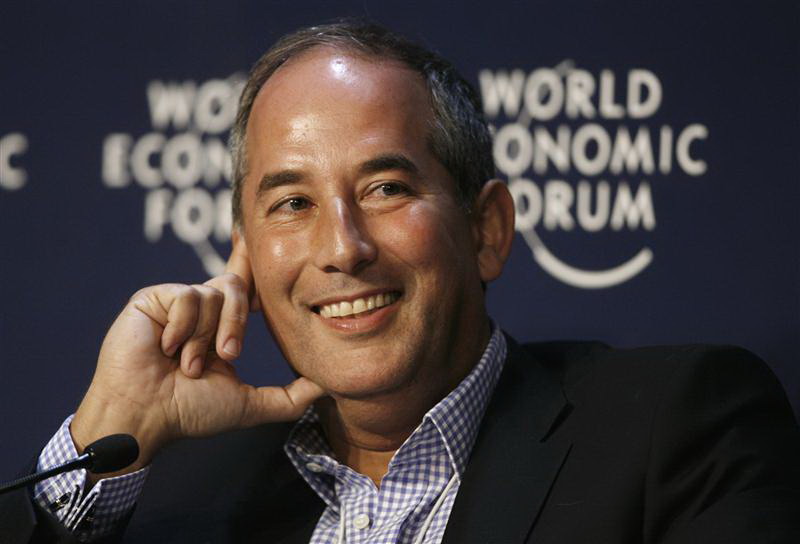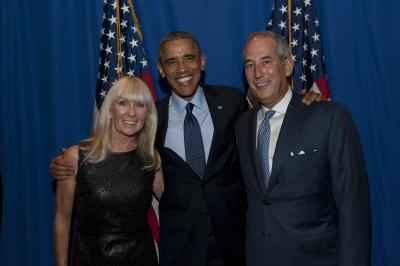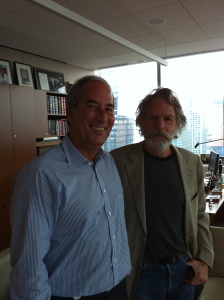When Twitter’s first quarter results were inadvertently released early, investors did not learn about the disappointing results from Bloomberg, Reuters or another traditional news source. Selerity, a six year-old start-up, obtained the scoop. Nor was this a story of intrepid reporting or carefully developed inside sources; it was Selerity’s powerful web crawler which located the Twitter results while they momentarily appeared on a public website. While no stolen inside information was involved, Twitter’s shares fell over 20% as Selerity clients benefited from the news.
As CEO of Reuters and then Thomson Reuters from 2001 through 2011, I was very proud of the Reuters news service, and remain so today. However, in my later years at the company I began to worry about the long-term viability of breaking financial news via humans rather than machines. This is not to say that journalists and editors no longer have an important role to play – only that these roles have changed. Experienced professionals are needed now more than ever to provide context and judgment and to break the occasional M&A story, but even at the largest wire services such as Reuters, reporters are unlikely to be positioned everywhere that news happens around the world.
My long association with a leading news agency prompts me to often ask myself the ontological question, “how do we know if something has happened in the world?’ The casual consumer of news might respond that the story would appear on CNN or CNBC. The more informed news junkie might respond that the television news services would likely pick up the story from the AP, Dow Jones or Reuters. However, these news agencies are unlikely to have journalists pre-positioned where the relevant events are unfolding in the world – at least at first.
These days, it is far more likely that news is first “reported” on Twitter, Baidu or another social feed. Not only are social media users spread all over the world, but many are armed with increasingly powerful cameras to record the breaking news.
It is ironic that it was Twitter’s quarterly results that were scooped by Selerity, since Twitter itself is becoming the world’s primary event-capture and news dissemination network. Services such as Dataminr and Banjo use sophisticated algorithms to analyze Twitter and other feeds to identify breaking news and assess its significance, and Dataminr, in particular, has seen strong sales on Wall Street.
The prominence of machine-reported news will only increase with the torrent of sensor-created data that will be created by the internet-of-things and the growing sophistication of the algorithms that will be needed to extract the signal from all this noise. Professional journalists will also remain important, but some will need to redefine their roles from breakers of fast moving news to providers of context, analysis and insight.
Full Disclosure: I am a shareholder of Dataminr, Selerity and Thomson Reuters.





